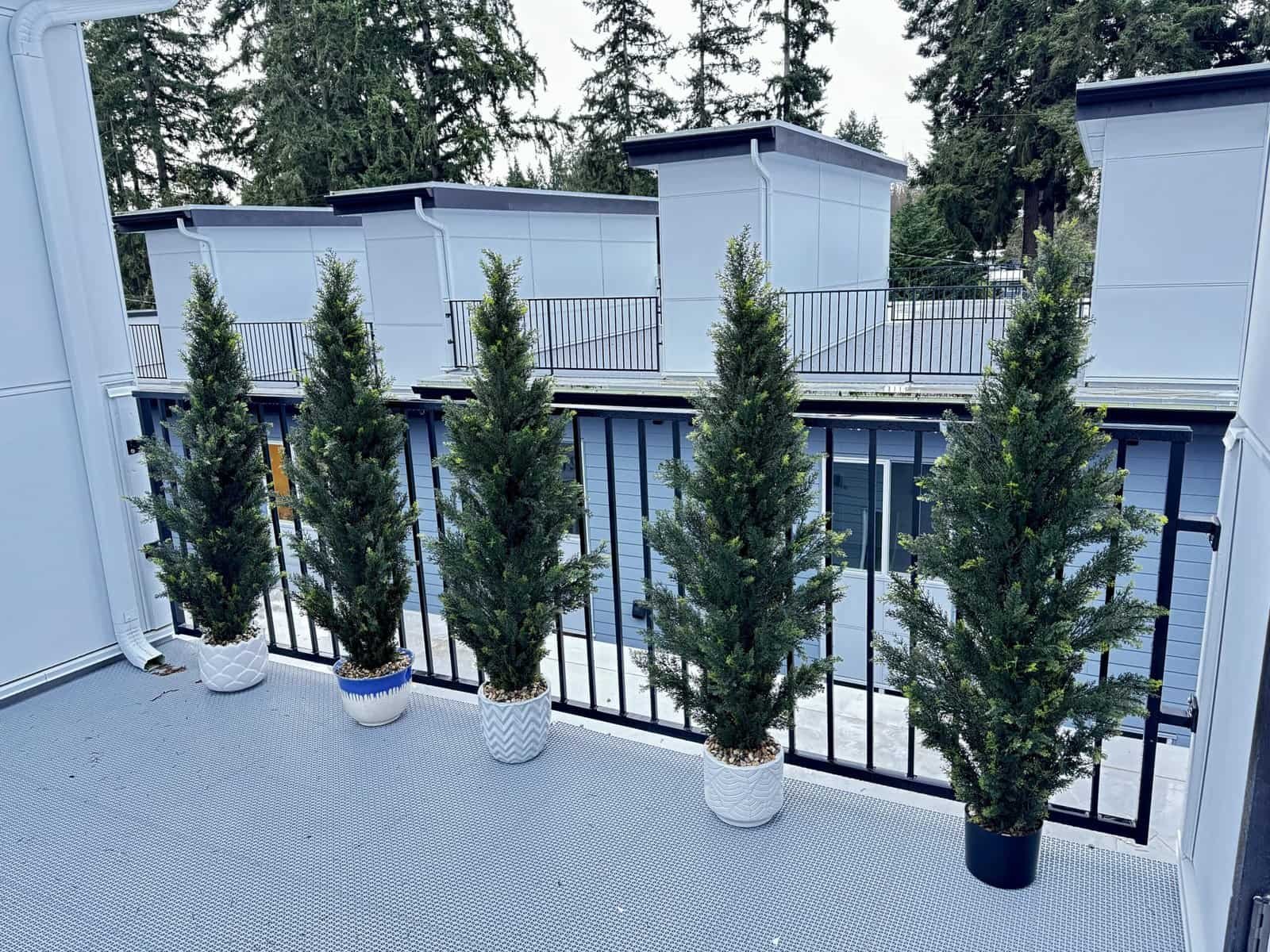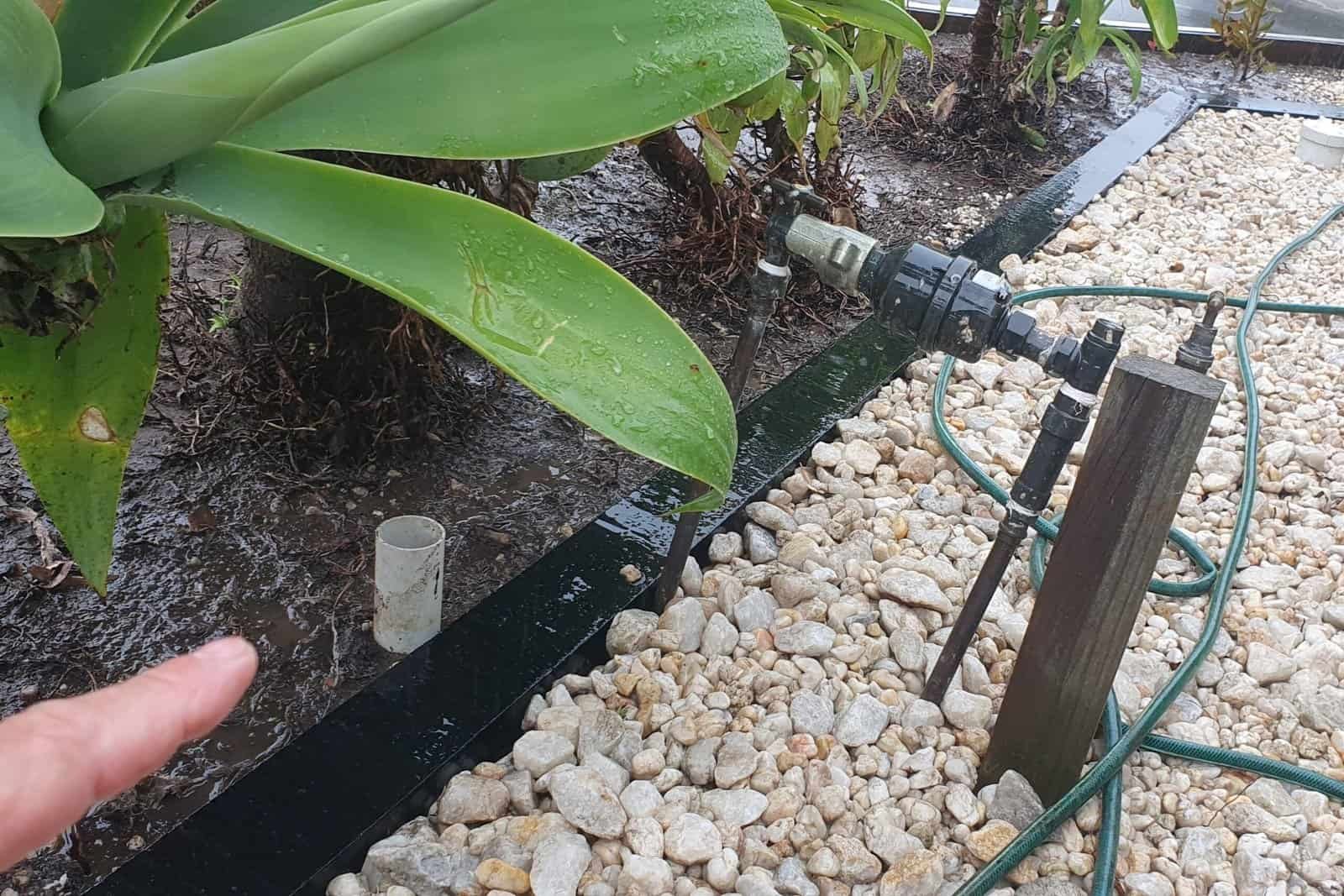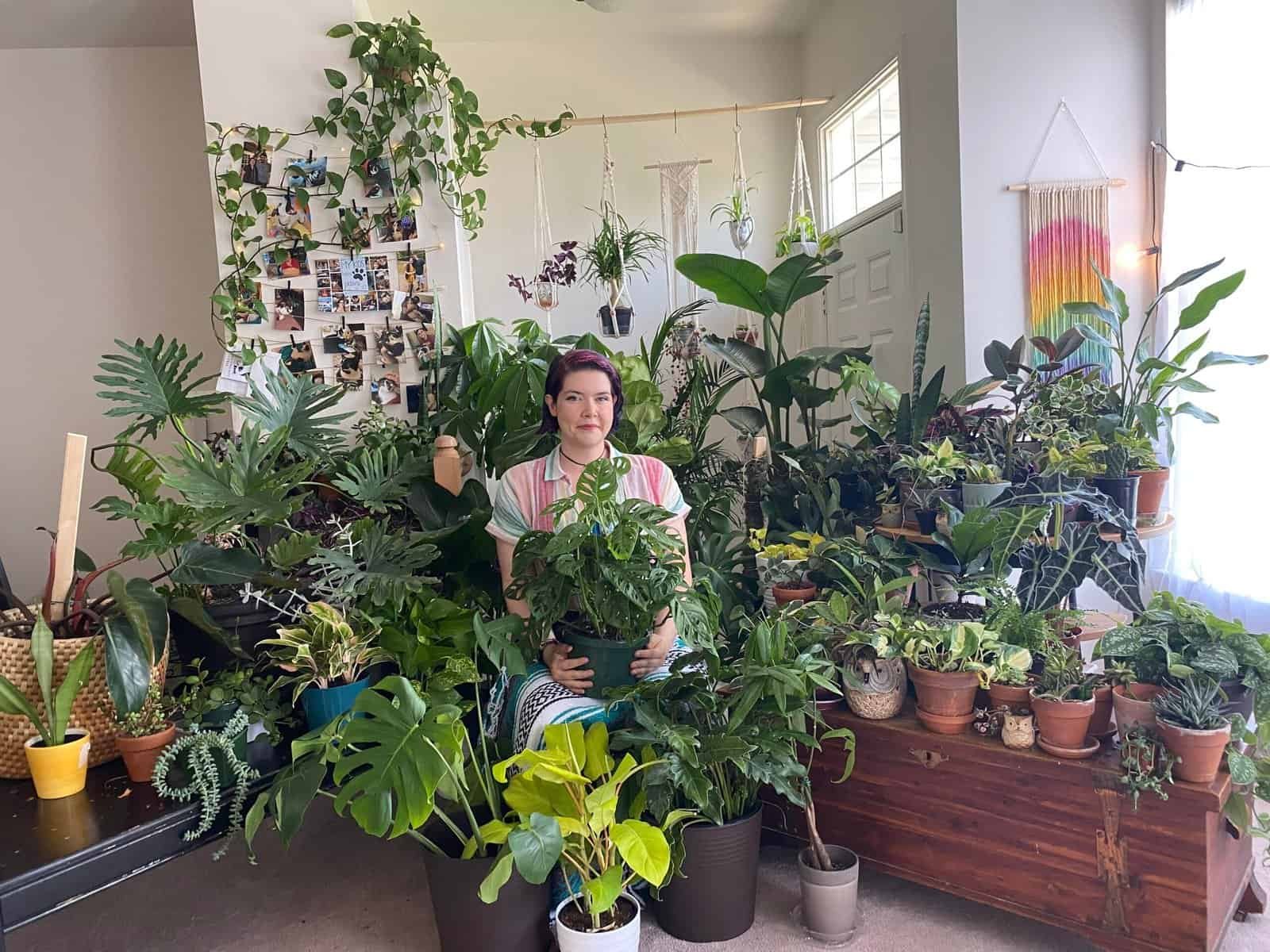Are your hydrangeas not blooming?
It’s so frustrating when they don’t show those beautiful flowers. Did you know that things like improper pruning or even winter damage can stop them from blooming?
In this post, I’ll share some common reasons why your hydrangeas aren’t flowering and simple ways to fix it.
Let’s get those blooms back!
Contents
- 1 Understanding Hydrangea Types
- 2 Patience with New Plants
- 3 Timing of Blooms
- 4 Pruning Practices
- 5 Choosing the Right Variety
- 6 Factors for Plant Health
- 7 Sunlight Requirements
- 8 Environmental Damage
- 9 Location Issues
- 10 When to Replace Hydrangeas
- 11 Conclusion
- 12 FAQs
- 12.1 1. Why isn’t my hydrangea blooming?
- 12.2 2. How does pruning affect flower production?
- 12.3 3. Can fertilizer help my hydrangea produce flowers?
- 12.4 4. Does soil pH impact flowering in hydrangeas?
- 12.5 5. Could deer damage stop my hydrangea from blooming?
- 12.6 6. What are the best growing conditions for healthy blooms?
Understanding Hydrangea Types
Not all hydrangeas bloom the same way—they vary in how and when they flower. Knowing your plant type helps fix blooming issues faster.

Different blooming times and growth habits
Hydrangeas bloom at different times based on their type. Bigleaf hydrangeas, like *h. macrophylla*, bloom from late spring through fall. Panicle types, such as *hydrangea paniculata*, flower from mid-summer to early fall.
Oakleaf varieties do well in shaded spots and often survive heat waves better.
Growth habits can also differ a lot. Some need full sun, while others thrive with afternoon shade. Heat stress or dry spells harm flowers in species not built for intense sunlight.
Proper growing conditions, like slightly acidic soil and steady watering schedules, encourage strong blooms across all types of hydrangeas.
Patience with New Plants
Young hydrangeas need time to grow strong—healthy roots and buds don’t appear overnight!

Time required for young hydrangeas to establish and set buds
Hydrangeas need time to grow strong roots before blooming. Smaller plants can take 1-2 years to fully settle and develop flower buds. Larger hydrangeas might bloom sooner, but young ones focus on their root systems first.
Late frosts in spring can delay growth by harming new shoots, which slows down bud formation. Bigleaf and oakleaf hydrangeas often begin forming buds mid-to-late spring. By early summer, flowers start to appear if the plant has matured enough.
Timing of Blooms
Bloom times can vary based on the hydrangea type and where you live. Some need more warmth or a longer growing season to produce flowers.

Variability in blooming based on variety and region
Hydrangeas bloom at different times based on type and region. Bigleaf hydrangeas, like hydrangea macrophylla, often flower from late spring to fall. Panicle varieties, such as hydrangea paniculata, bloom later in mid-summer through fall.
Oak leaf types usually start first among all varieties. In warmer zones like 7–9, intense heat can pause blooms during summer. Cooler fall weather might restart flowering for reblooming varieties.
Climate also plays a big role in blooming patterns. For example, some plants may form buds earlier or later depending on spring temperatures. Rainfall impacts growth too since drought conditions affect flower production and soil moisture levels.
Local shifts in weather or winter cold snaps can delay or shorten blooms as well. Each garden is unique with its own challenges!
Pruning Practices
Pruning wrong can ruin your hydrangea’s blooms. Know if yours grow on old wood or new wood before cutting.

Proper pruning techniques for different types of hydrangeas. Pruning hydrangeas depends on their type. Doing it wrong can stop flowers from growing.
- Cut bigleaf hydrangeas (hydrangea macrophylla) after they bloom. They grow flowers on old wood, so cutting too late removes buds for next year.
- Trim panicle hydrangeas (hydrangea paniculata) in late winter or early spring. These bloom on new wood, so pruning before growth starts is best.
- Smooth hydrangeas also bloom on new wood. Prune them at the same time as panicle varieties to encourage flower production.
- Reblooming varieties are less risky to prune since they flower on both old and new wood. Light trimming is often enough for these types.
- Avoid over-pruning if unsure about your plant type. Removing too many stems weakens growth and reduces flowers.
- Use clean tools to prevent spreading diseases like botrytis blight or leaf spots during trimming.
- Always check your variety and its needs before making cuts to keep the plant healthy and blooming well!
Choosing the Right Variety
Pick a hydrangea that suits your soil, sunlight, and space—find tips for the best match ahead!

Selecting hydrangeas that fit the garden space
I always check how much space I have before picking a hydrangea. Some, like bigleaf hydrangeas or hydrangea macrophylla, can grow wide and tall, making them better for larger gardens.
Smaller varieties, such as h. serrata, work well in tight spots or near walkways.
Choosing reblooming varieties helps if I want consistent flowers without constant care. Hydrangea paniculata thrives in open areas with more sun, while others need afternoon shade to avoid wilting.
Matching the plant’s mature size to my garden also reduces pruning needs and prevents overcrowding.
Factors for Plant Health
Healthy soil and proper watering are key for strong hydrangeas. Use slow-release fertilizer to provide essential nutrients over time.

Importance of soil quality, moisture, and fertilization
Good soil gives hydrangeas the strength to grow and bloom. I always check if my soil drains well and is rich in organic matter like compost. A soil test helps me know if there’s too much nitrogen or not enough phosphorus.
Too much nitrogen makes leaves grow but stops flowers from forming.
I water deeply and regularly to keep them healthy, especially during dry spells. Using mulch keeps the ground moist longer and protects roots from hot weather. For better flower production, I use a balanced fertilizer with more phosphorus than nitrogen, like slow-release or granular fertilizer.
It boosts blooming without making them too leafy.
Sunlight Requirements
Hydrangeas need the right balance of sun and shade to bloom well. Too much sun can scorch them, while too little limits flower growth.

Varieties’ differing sunlight needs
Some hydrangea varieties love full sun, while others need more shade. Panicle and smooth types do best with 4–6 hours of sunlight daily. Bigleaf types prefer morning sun with afternoon shade to avoid heat stress.
Oakleaf and climbing kinds can handle shady spots better but still need some light for flower production.
Too much direct sunlight scorches leaves and dries the soil. Too little causes weak stems and fewer blooms. Proper placement is key for healthy plant development and strong flower buds.
Up next, let’s talk about how winter or wildlife might harm bloom growth!
Environmental Damage
Cold winters or hungry deer can hurt flower buds—check for these issues before giving up on blooms.

Impact of winter and wildlife on blooming
Winter can ruin flower buds on hydrangeas that bloom on old wood. I’ve seen late frosts wipe out developing buds, leaving no blooms that year. In colder zones, adding mulch helps insulate roots and protect plants.
Some varieties need winter covers to save their flower production.
Deer love eating leaves and buds, which reduces blooms in spring. I use netting or fencing to keep them away. Wildlife pests like aphids also weaken plants over time. Checking for these bugs early lets me stop damage fast with insecticidal soap or other treatments.
Location Issues
Sometimes, hydrangeas struggle because they’re planted in the wrong spot. Moving them to a better location might boost their blooms.

The potential solution of relocating non-blooming hydrangeas
Moving a hydrangea might solve bloom problems. If it gets less than four hours of sunlight, it may not flower well. Too much shade can stop flower production. I once moved my bigleaf hydrangea to a sunnier spot, and blooms returned the next season.
Too much sun can also stress plants. Afternoon shade often helps varieties like hydrangea macrophylla thrive. Before digging up your plant, check its light needs and growing conditions in the garden.
A fresh location with better soil drainage or balanced fertilizer could inspire new growth and flowers soon after the move.
When to Replace Hydrangeas
Sometimes, a hydrangea just isn’t working despite your best care—age or poor health could be the issue. Replacing it with a fresh, healthy variety might boost flower production and refresh your garden.

Considerations for replacing non-blooming hydrangeas
If a hydrangea still doesn’t bloom after fixing soil, watering, and pruning issues, it may be time to replace it. I would choose a reblooming variety or one that flowers on new wood, like hydrangea paniculata.
These types are more reliable in tough conditions.
Before planting a new one, I check if the spot gets enough sunlight and has good drainage. Adding organic mulch and using slow-release or balanced fertilizer can help improve soil health.
Matching the plant to my climate avoids future problems with flower production.
Conclusion
Hydrangeas can be tricky, but blooms are worth the effort. Focus on pruning right, picking good varieties, and giving them proper care. Healthy soil, sunlight balance, and protection from damage help too.
With time and attention, flowers will come back stronger than ever! Keep trying for that perfect garden look.
FAQs
1. Why isn’t my hydrangea blooming?
Your hydrangea may not be blooming due to improper pruning, damage to flower buds, or poor growing conditions like soil pH imbalance and lack of afternoon shade.
2. How does pruning affect flower production?
Pruning at the wrong time can remove flower buds. Some types, like bigleaf hydrangeas (Hydrangea macrophylla), bloom on old wood, while others bloom on new wood.
3. Can fertilizer help my hydrangea produce flowers?
Yes, but use a balanced fertilizer or slow-release options. Too much nitrogen fertilizer can encourage leaves instead of blooms.
4. Does soil pH impact flowering in hydrangeas?
Yes, acidic soils or alkaline soil with imbalanced pH levels can reduce essential elements for proper growth and flowering.
5. Could deer damage stop my hydrangea from blooming?
Yes, deer often eat flower buds before they open. This stops your plant’s ability to produce flowers.
6. What are the best growing conditions for healthy blooms?
Ensure good soil drainage, regular watering schedules without runoff issues, and partial afternoon shade for varieties like Hydrangea paniculata or Hydrangea quercifolia that thrive in specific environments!





